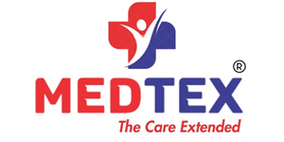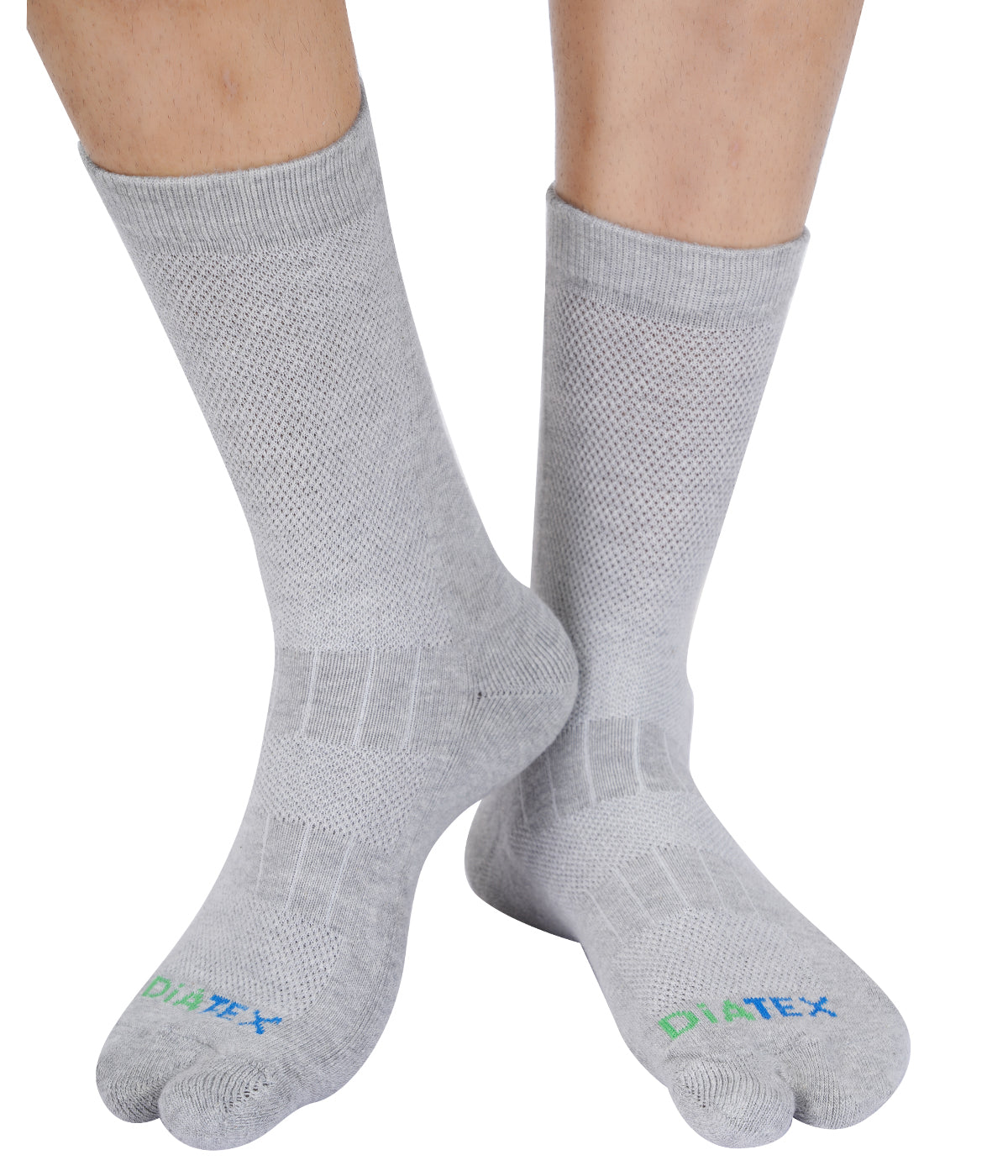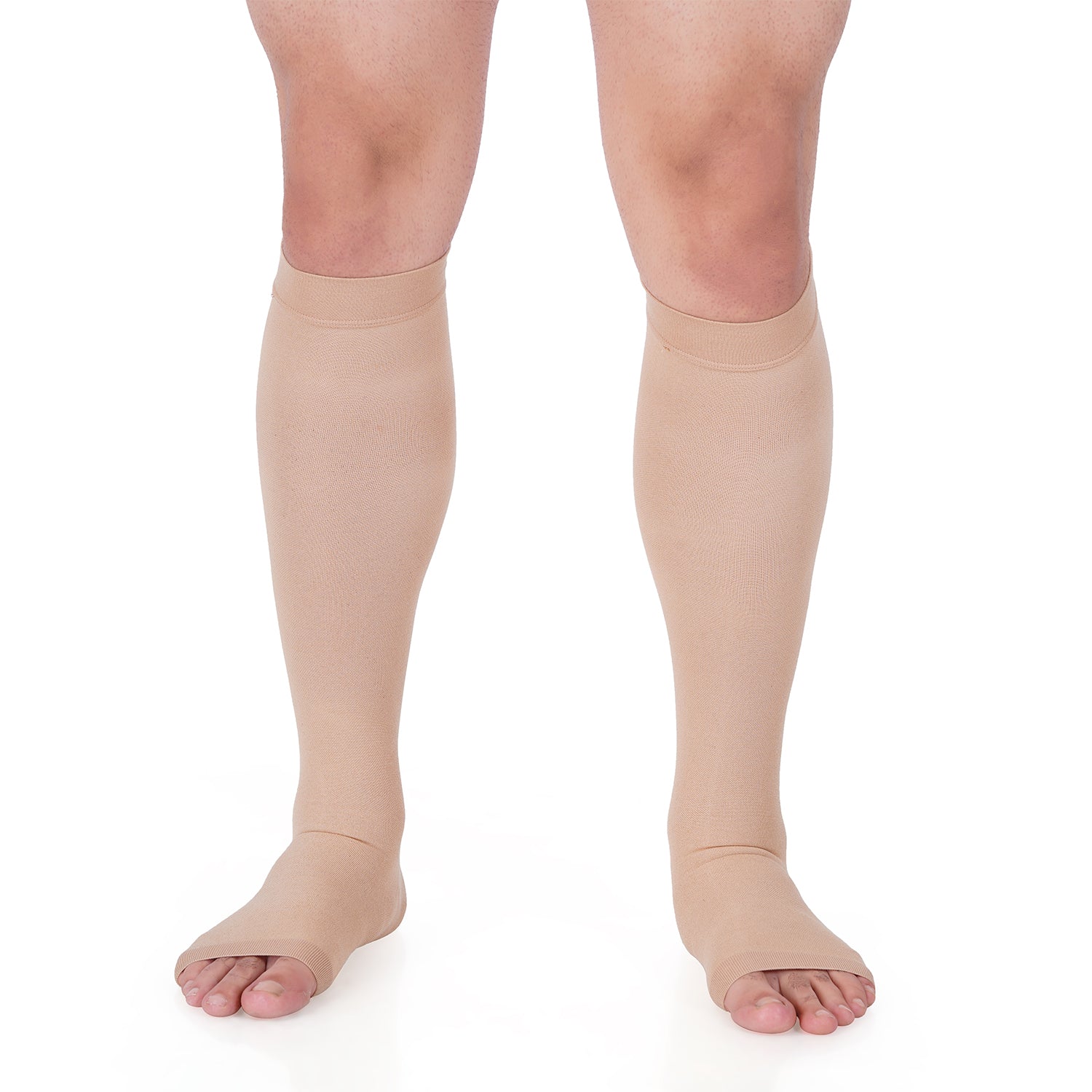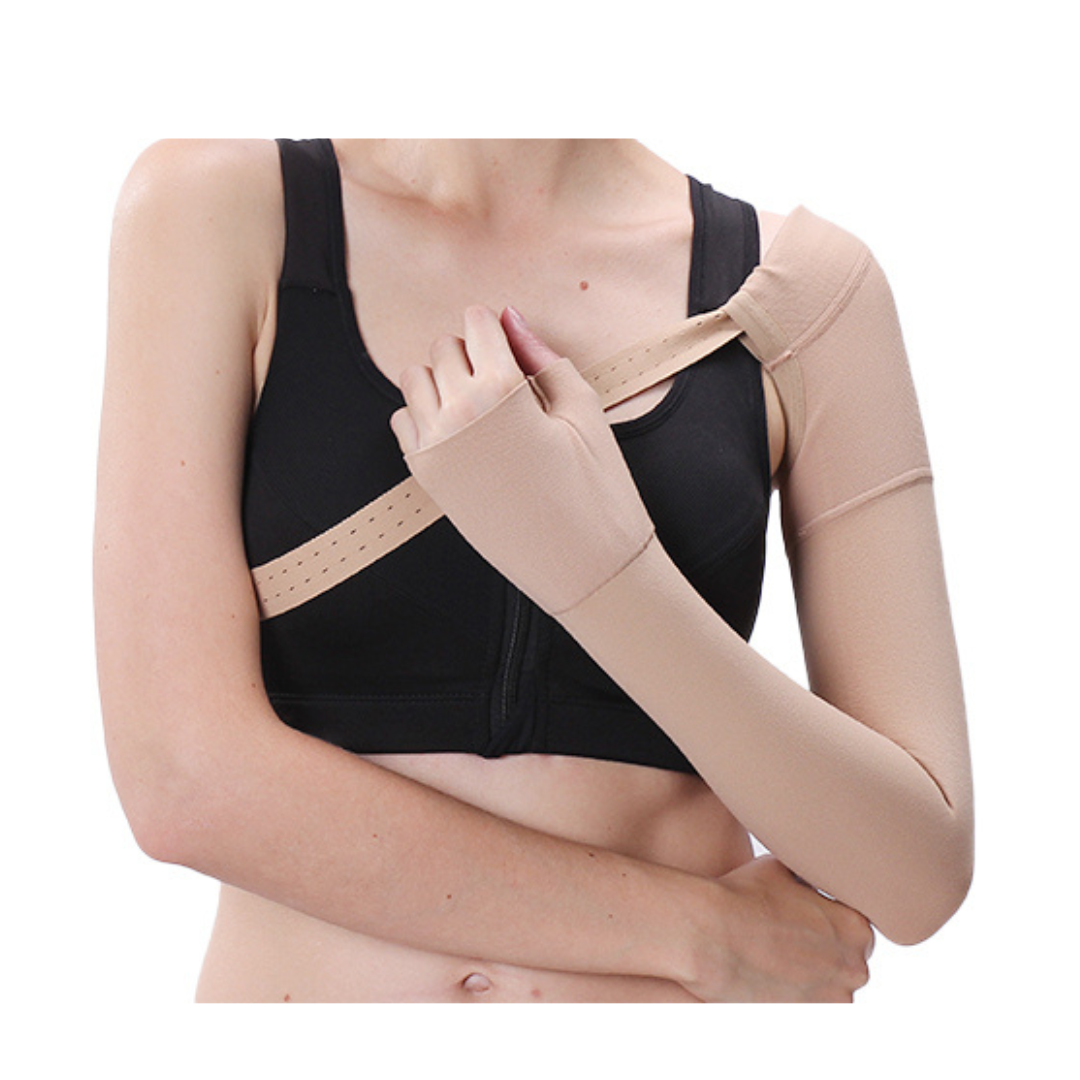Table 1: Outline of the Article
- Introduction
- Importance of Leg Wellness
- Understanding Common Leg Health Issues
- Maintaining Proper Hydration
- Regular Exercise for Leg Strength and Circulation
- Stretching and Flexibility Exercises
- Healthy Eating for Strong Legs
- Avoiding Prolonged Sitting or Standing
- Proper Footwear and Leg Support
- Elevating Legs for Improved Circulation
- Massage and Self-Care Techniques for Leg Health
- Managing Varicose Veins and Spider Veins
- Tips for Preventing Leg Swelling and Edema
- Conclusion
- FAQs
Table 2: Article
Daily Habits for Healthy Legs: Incorporating Leg Wellness into Your Routine
Are you looking to maintain strong, healthy legs throughout your life? Incorporating daily habits that prioritize leg wellness can make a significant difference. Our legs support us and enable movement, so it's essential to take care of them. In this article, we will explore various strategies and practices you can adopt to promote healthy legs and enhance leg wellness.
Importance of Leg Wellness
Leg wellness goes beyond aesthetics. Taking care of your legs is crucial for overall well-being. Strong and healthy legs support mobility, prevent injuries, and improve quality of life. By implementing daily habits that promote leg wellness, you can reduce the risk of developing leg-related issues and enjoy an active lifestyle.
Understanding Common Leg Health Issues
Before diving into daily habits for leg wellness, it's important to understand some common leg health issues. Conditions like varicose veins, spider veins, leg swelling, and edema can affect leg health and cause discomfort. By adopting healthy habits, you can reduce the likelihood of these issues and promote optimal leg health.
Maintaining Proper Hydration
Proper hydration plays a vital role in maintaining healthy legs. Drinking an adequate amount of water throughout the day helps prevent fluid retention and swelling. Aim to drink at least 8 glasses of water daily and limit your consumption of sugary and caffeinated beverages.
Regular Exercise for Leg Strength and Circulation
Engaging in regular exercise is essential for leg strength and circulation. Incorporate exercises that target your legs, such as walking, jogging, cycling, or swimming. These activities improve blood flow, strengthen muscles, and promote overall leg health. Consult with a healthcare professional or a fitness expert to create a personalized exercise plan that suits your needs.
Stretching and Flexibility Exercises
In addition to strength-building exercises, incorporating stretching and flexibility exercises into your routine is beneficial for leg wellness. Stretching helps improve range of motion, prevent muscle imbalances, and reduce the risk of injuries. Prioritize stretches that target your calf muscles, hamstrings, and quadriceps.
Healthy Eating for Strong Legs
A balanced diet plays a crucial role in leg wellness. Include nutrient-rich foods in your meals, such as fruits, vegetables, whole grains, lean proteins, and healthy fats. These provide essential vitamins, minerals, and antioxidants that support leg health and help prevent inflammation and swelling.
Avoiding Prolonged Sitting or Standing
Prolonged sitting or standing can negatively impact leg health. If your daily routine involves extended periods of sitting, make a conscious effort to take short breaks and walk around. On the other hand, if you have a job that requires standing for long durations, try to shift your weight and rest one leg at a time whenever possible.
Proper Footwear and Leg Support
Wearing appropriate footwear is crucial for leg health. Invest in comfortable shoes that provide proper arch support and cushioning. Avoid high heels or shoes that restrict circulation. Additionally, consider using compression socks or stockings to improve blood flow and reduce leg fatigue.
Elevating Legs for Improved Circulation
Elevating your legs can help improve circulation and reduce swelling. Whenever you have the opportunity, elevate your legs above heart level for 15-20 minutes. This simple practice allows blood and lymph fluid to flow more efficiently, promoting leg wellness.
Massage and Self-Care Techniques for Leg Health
Massaging your legs and incorporating self-care techniques can provide numerous benefits for leg wellness. Use gentle strokes to massage your legs, starting from the ankles and moving upward. This helps stimulate blood flow, relax muscles, and alleviate tension. Consider using essential oils or lotions for added relaxation.
Managing Varicose Veins and Spider Veins
If you have varicose veins or spider veins, it's important to manage them effectively. Regular exercise, wearing compression stockings, and elevating your legs can help alleviate symptoms and prevent their progression. Consult with a healthcare professional for additional treatment options.
Tips for Preventing Leg Swelling and Edema
To prevent leg swelling and edema, there are a few simple tips you can follow. Avoid sitting or standing for prolonged periods, elevate your legs when possible, maintain a healthy weight, and limit sodium intake. If you experience persistent leg swelling, consult with a healthcare professional for proper diagnosis and guidance.
Conclusion
Incorporating daily habits for leg wellness is a proactive approach to maintaining healthy legs. By prioritizing hydration, exercise, healthy eating, proper footwear, and self-care techniques, you can promote optimal leg health and enjoy an active, pain-free lifestyle.
FAQs
1. Can daily exercise alone improve leg wellness?
While regular exercise is beneficial for leg wellness, it should be complemented with other healthy habits like stretching, hydration, and proper footwear to maximize the benefits.
2. Can compression socks be worn during exercise?
Yes, compression socks can be worn during exercise. They help improve circulation, reduce muscle fatigue, and enhance performance.
3. Are there any specific foods that promote leg health?
Foods rich in antioxidants, omega-3 fatty acids, and vitamins C, D, and E are beneficial for leg health. Examples include berries, fatty fish, citrus fruits, nuts, and leafy greens.
4. How often should I elevate my legs for improved circulation?
Elevating your legs for 15-20 minutes a few times a day can help improve circulation. However, it's best to listen to your body and adjust according to your comfort level and specific needs.
5. Is it normal to experience occasional leg swelling?
Occasional leg swelling can be normal, especially after prolonged standing or intense physical activity. However, persistent or severe leg swelling should be evaluated by a healthcare professional.












